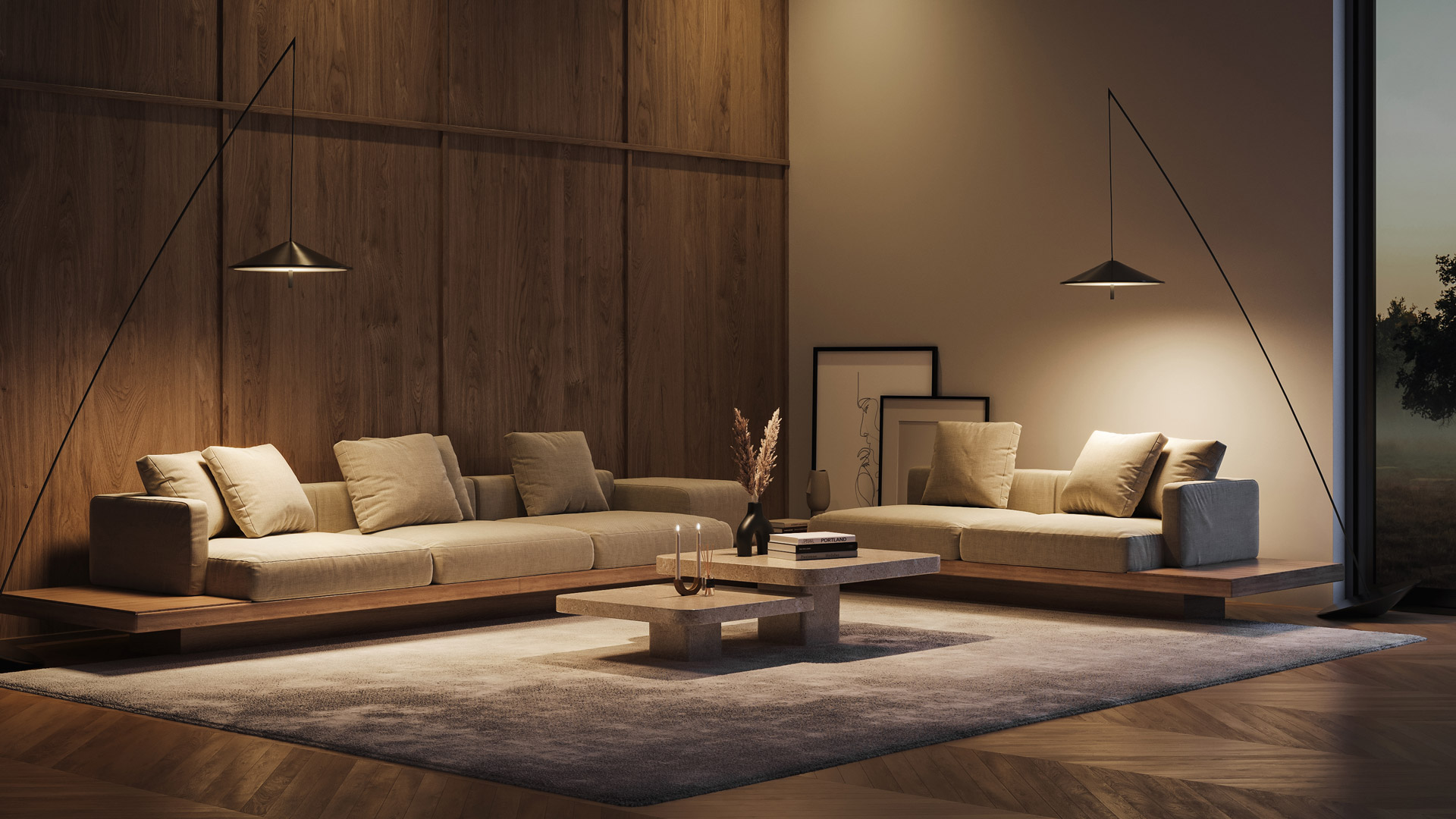How we do it
The most important thing is the story that an image tells. The subject, the composition, the attributes, the atmosphere.
The image creation is decisive for the end result. Think first, act later.
The image creation is decisive for the end result. Think first, act later.
Making 3D images and animations does have an important technical component. Understanding how the image will be used and which future adaptations may be required determines the approach and has an important influence on the technical implementation, time commitment and budget. The possibilities of 3D visualizations are versatile. Defining well what one wants to make is very important. We are happy to discuss the possibilities.

The 3D visualization
project steps
1.
Determing image creation
We determine whether an image should be made in 3D or in photography, or a mix of both, and which is the most cost-effective way.
– what needs to be depicted.
– what is the purpose of the image.
– in which expressions the image will be used.
– what are the technical requirements.
2.
Drawing up a price estimate and planning
We make an estimate of the budget and duration in advance. The project will only be started after consultation and agreement.
3.
Collecting the necessary data.
Basic technical drawings.
Samples or samples of materials.
4.
Setting up the composition
Modeling of the objects in the image. Creation of clay images to assess composition, viewpoints, base light.
5.
Textures, colors and light
Clay images have no textures or colors. These images are used to assess composition, accuracy of detail, point of view and basic lighting.
6.
Revision round(S)
Any adjustments will be made.
Multiple revision rounds may be required.
7.
Final rendering
The images or animation are rendered in function of the final use and delivered in the required technical formats.

